IBM Intel I340 Ethernet Dual Port
2.990.000 ₫
(*) Giá chưa bao gồm thuế VAT
Product ID: 49Y4230 FRU: 49Y4232
Original description: Based on the new Intel® 82580 Gigabit Ethernet Controller, the Intel Ethernet Dual Port and Quad Port Server Adapters for IBM® System x® are Intel’s fourth generation of PCI Express Gigabit Ethernet (PCIe GbE) adapters; Warranty 12 months.
Based on the new Intel® 82580 Gigabit Ethernet Controller, the Intel Ethernet Dual Port and Quad Port Server Adapters for IBM® System x® are Intel’s fourth generation of PCI Express Gigabit Ethernet (PCIe GbE) adapters. These adapters showcase the industry’s first fully integrated, multi-port PCIe 2.0 GbE controllers, providing a smaller footprint and lower power dissipation.
In addition, these adapters offer advanced features, including support for multi-core processors and server virtualization, as well as a scalable PCI Express 2.0 interface. Intel’s first eco-friendly, halogen-free design combines low power use and low cost for one of the best price to performance ratios in a multi-port solution that is available today. Figure 1 shows the Intel Ethernet Quad Port Server Adapter.
Did you know
These dual port and quad port adapters provide high-performing, multi-port gigabit connectivity in a multi-core platform as well as in a virtualized environment. In a multi-core platform, the adapter supports technologies such as Intel QuickData Technology, MSI-X, and Low Latency Interrupts that help accelerate data across the platform, therefore improving application response times. For virtualized environments, Intel Ethernet adapters have advanced features with VMDq that lower CPU utilization and increase I/O performance.
Part number information
Table 1 shows the relevant part numbers and feature codes for the adapters.
Table 1. Ordering part numbers and feature codes
| Description | Part number | Feature code |
| Intel Ethernet Quad Port Server Adapter I340-T4 for IBM System x | 49Y4240 | 5768 |
| Intel Ethernet Dual Port Server Adapter I340-T2 for IBM System x | 49Y4230 | 5767 |
The part numbers for the Intel Ethernet Dual Port and Quad Port Server Adapters include the following items:
- One Ethernet adapter with a standard 3U (4.75-in.) bracket
- One Driver CD
- One 2U bracket
- One Publications CD
- One Safety flyer
Note: The Intel Ethernet Dual Port Server Adapter does not have a heatsink.
Features and specifications
The adapters have the following features:
- Two or four 10/100/1000 copper ports with RJ45 for Cat 5e/6 cabling
- Based on Intel 82580 ASIC (quad-port MAC/PHY controller)
- PCIe 2.0 x4 host interface
- Low-profile card form factor
- Wake on LAN support
- Preboot eXecution Environment (PXE) boot support
- VLAN support with VLAN tag insertion, stripping, and packet filtering for up to 4096 VLAN tags
- iSCSI boot support (built-in software iSCSI initiator)
- iSCSI support with native operating system initiators
- Jumbo frame support
- Intel I/O Acceleration Technology (I/OAT) acceleration
- Intel Virtual Machine Device Queues (VMDq) support for VMware with eight queues per port
- TCP/IP checksum offload
- TCP/IP segmentation offload / large-send offload support
Intel I/O Acceleration Technology (Intel I/OAT) is a suite of features that improves data acceleration across the platform, from networking devices to the chipset and processors, which helps to improve system performance and application response times. The suite of features includes:
Intel QuickData Technology: Provides the Direct Memory Access (DMA) engine, which moves data using the chipset instead of the CPU.
MSI-X: Minimizes the impact of I/O interrupts by load-balancing interrupts across multiple processor cores.
Low-Latency Interrupts: Allows the adapter to bypass the automatic moderation of time intervals between the interrupts (based on the sensitivity of the incoming data).
Receive Side Scaling (RSS): Directs the interrupts to a specific processor core based on the application’s address.
Virtual Machine Device Queues (VMDq) reduces I/O impact on the Hypervisor in a virtualized server by performing data sorting and coalescing in the network silicon. VMDq technology makes use of multiple queues in the network controller. As data packets enter the network adapter, they are sorted, and packets traveling to the same destination (or virtual machine) are grouped together in a single queue. The packets are then sent to the Hypervisor, which directs them to their respective virtual machines. Relieving the Hypervisor of packet filtering and sorting improves overall CPU usage and throughput levels.
The adapters have complete iSCSI support for proven native OS and VMM iSCSI initiators as well as iSCSI boot. Historically, CRC32C computation has degraded system performance, but now with the CRC instruction set included in the latest Intel Xeon processors, CRC validation is possible with minimal impact to network throughput while delivering data integrity.
The adapters support the following IEEE standards:
- IEEE 802.3ad (link aggregation control protocol)
- IEEE 802.1Q VLANs
- IEEE 1588 Precision Time Control Protocol
- IEEE 802.3 2005 flow control support
- IEEE 802.1p
Physical specifications
The Intel Ethernet Server Adapter cards have the following physical specifications:
Length: 140 mm (5.5 in)
Height: 70 mm (2.75 in)
Depth: 16 mm (0.62 in)
Maximum weight: 0.25 kg (0.5 lb)
Operating environment
The Intel Ethernet Server Adapter cards are supported in the following environment:
Operating temperature:
- 10 to 35 °C (50 to 95 °F) at an altitude of 0 to 914 m (0 to 3,000 ft)
- 10 to 32 °C (50 to 90 °F) at an altitude of 914 m to 2,133 m (3,000 ft to 7,000 ft)
Relative humidity:
Operating: 20% to 80%, noncondensing
Hãy là người đầu tiên nhận xét “IBM Intel I340 Ethernet Dual Port” Hủy
Bạn phải bđăng nhập để gửi đánh giá.



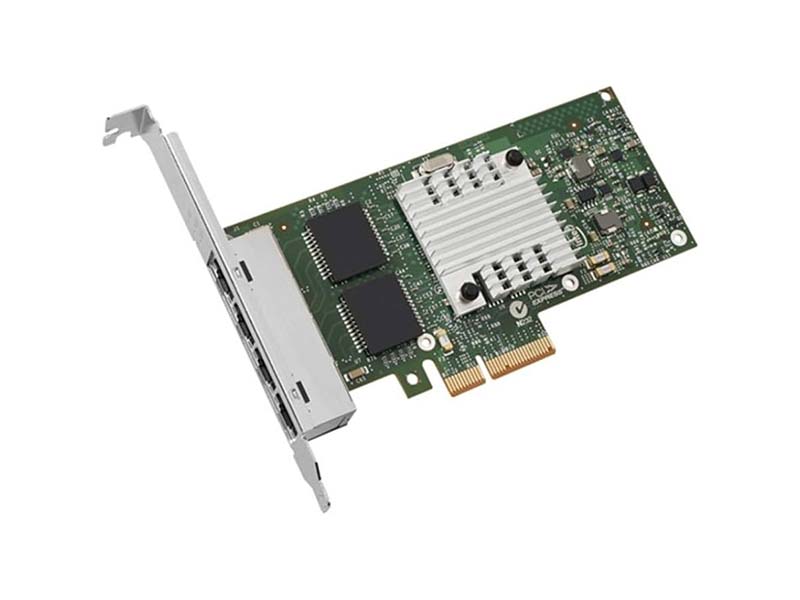
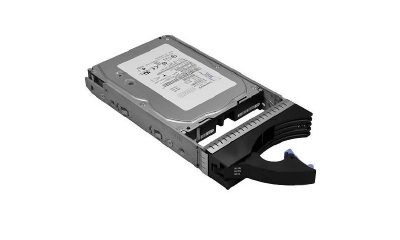

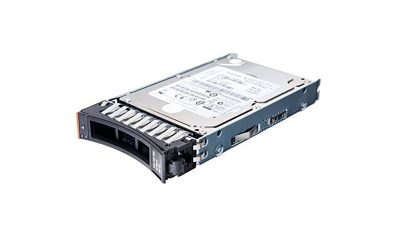
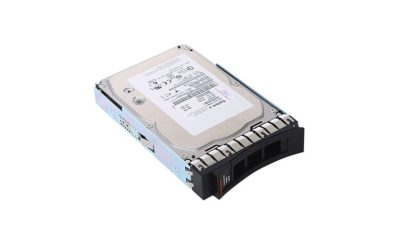
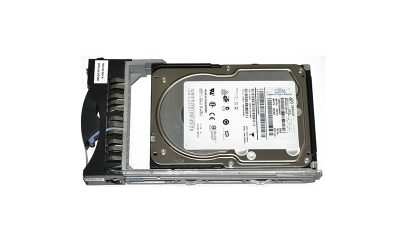
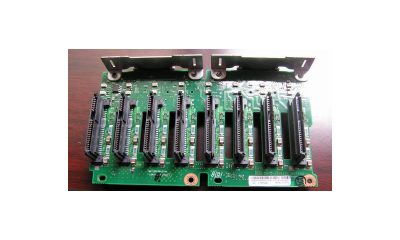




Đánh giá
Chưa có đánh giá nào.